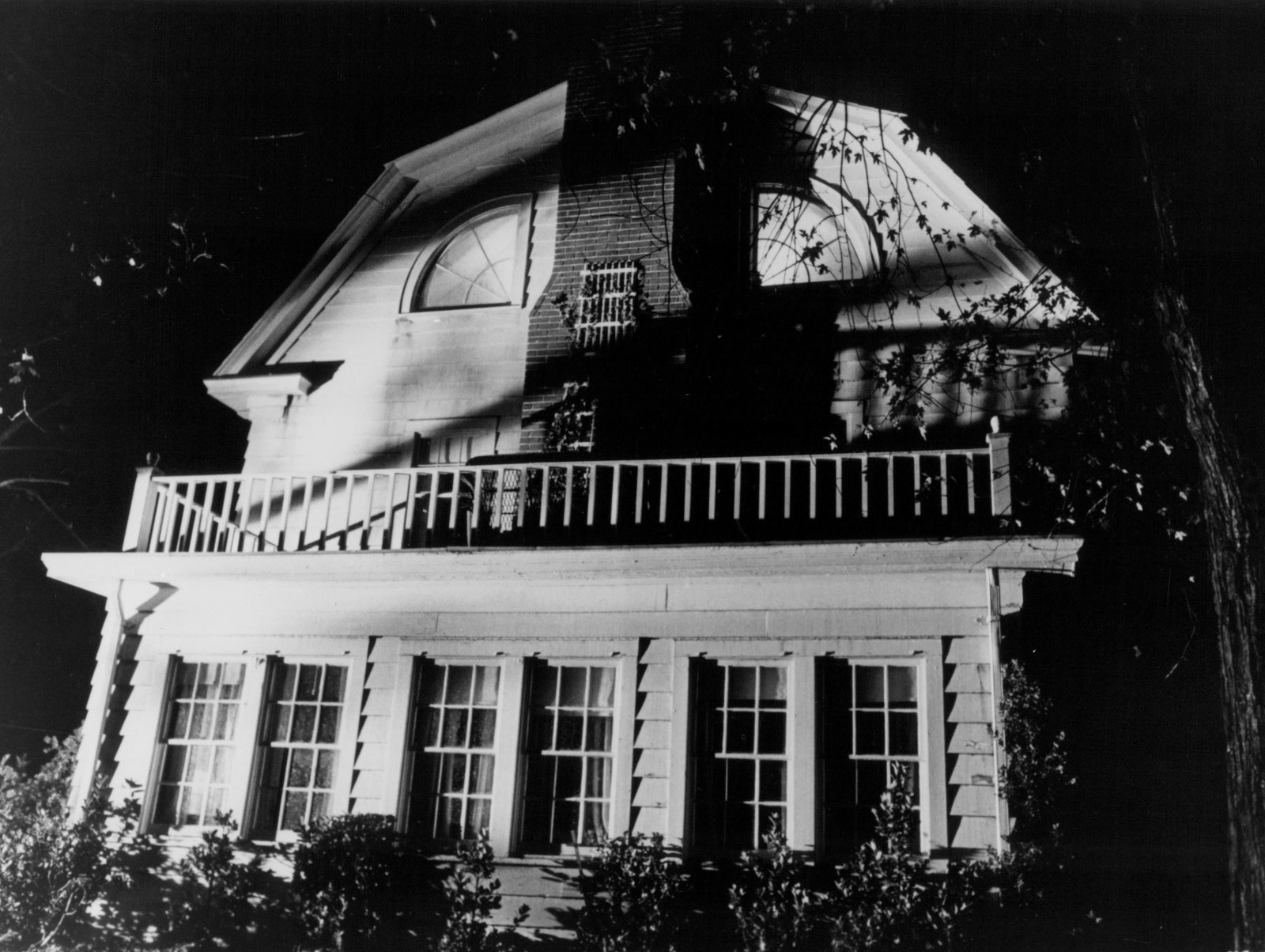Of course, a house is only as haunted as the ghostly beings inside it. Master of suspense Alfred Hitchcock put his own spin on this idea with the gothic 1940 classic Rebecca, the story of a married woman (Joan Fontaine) terrorized by the presence of her husband’s first wife inside their mansion. In the 1959’s The House on Haunted Hill, an eccentric millionaire and his wife offer strangers $10,000 to survive a night in their ghost-occupied abode. The concept had staying power; it was remade in 1999 with Geoffrey Rush playing the tycoon.
“You don’t know what’s coming,” Maltin says of the subgenre. “What’s scarier than tiptoeing down that darkened hallway?” (Answer: Tiptoeing down a hallway in your own tree-lined, picket-fenced suburban home.)
Nail-biters such as Halloween (1978), The Amityville Horror (1979), A Nightmare on Elm Street (1984), and even the zany Beetlejuice (1988) are all set within confines intended to provide security. They don’t. “A home is supposed to be the most comforting place of all,” Maltin says. “So when a boogeyman appears, it adds another layer of tension.” No wonder real-life paranormal investigator couple Lorraine and Ed Warren dedicated their lives to exploring settings of supernatural activity—including the Perron family farmhouse in 1973. The Perron story was given the Hollywood treatment in 2013’s The Conjuring, which spawned a franchise.

